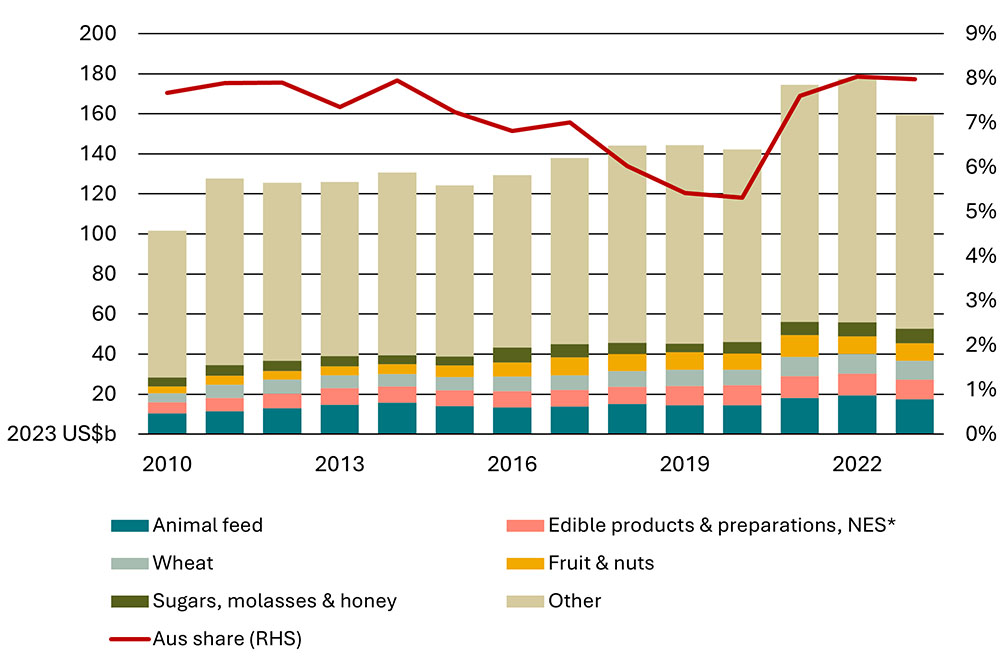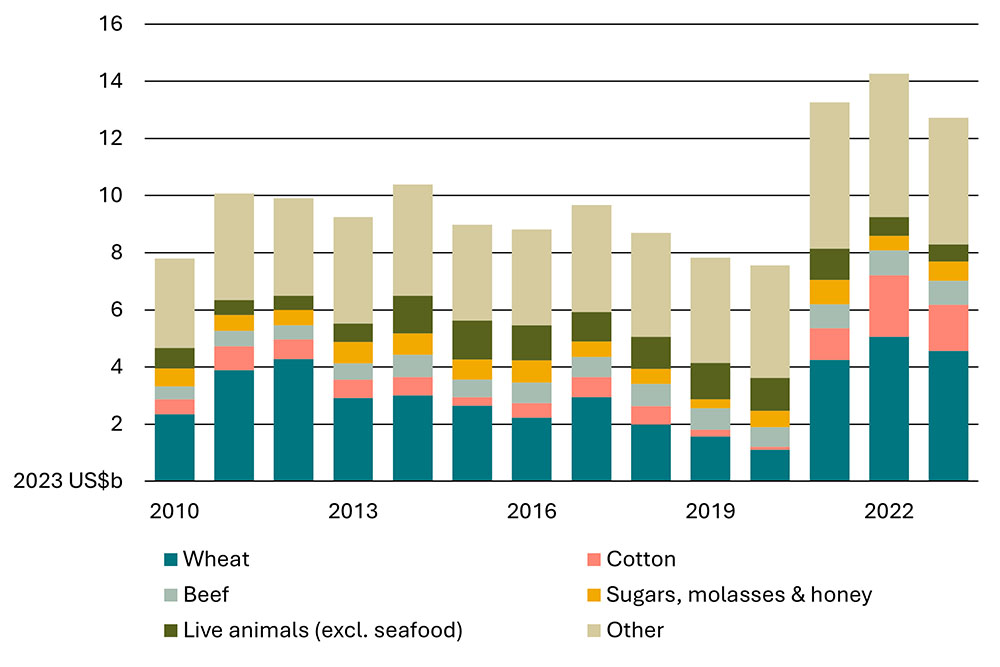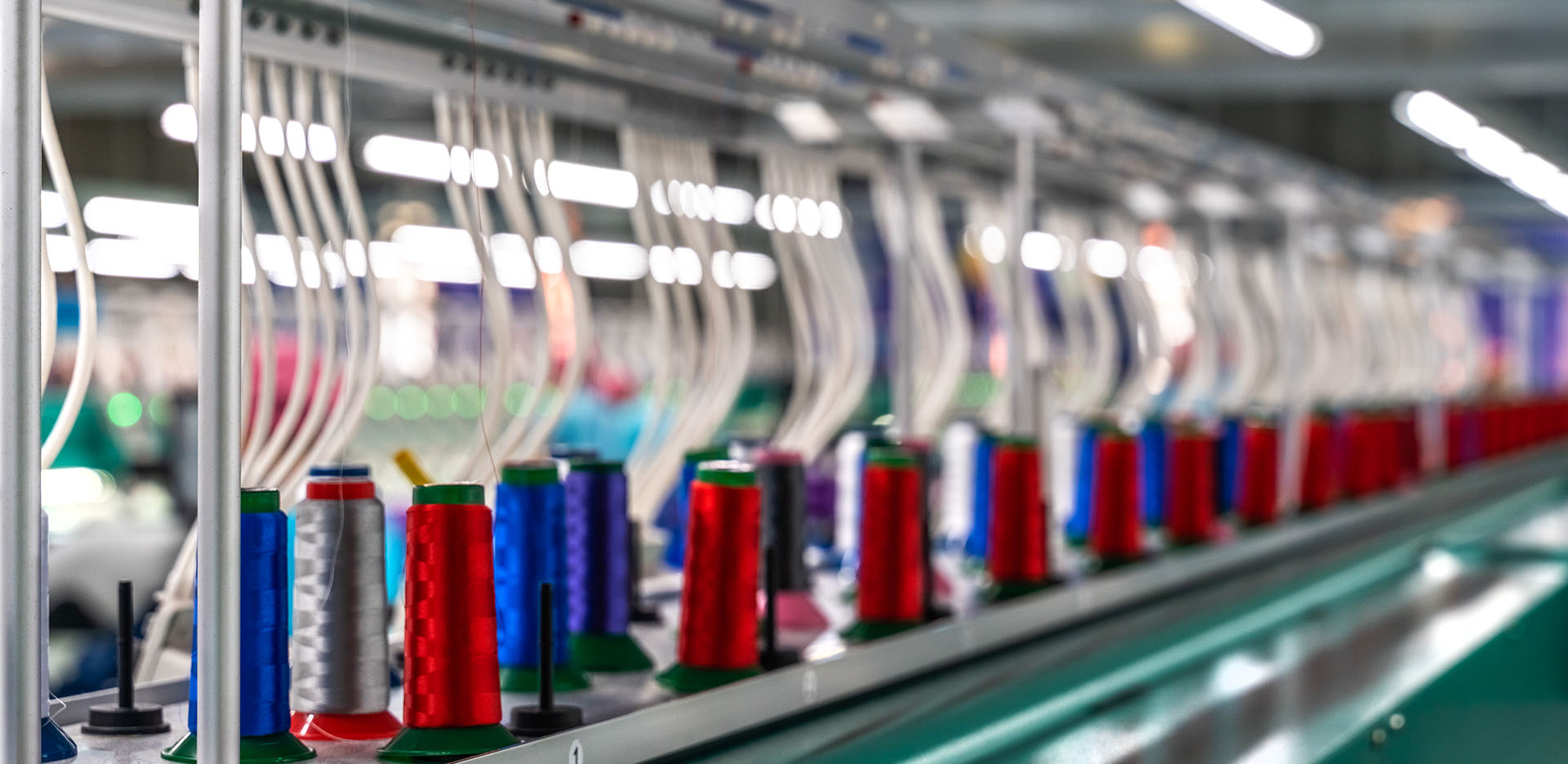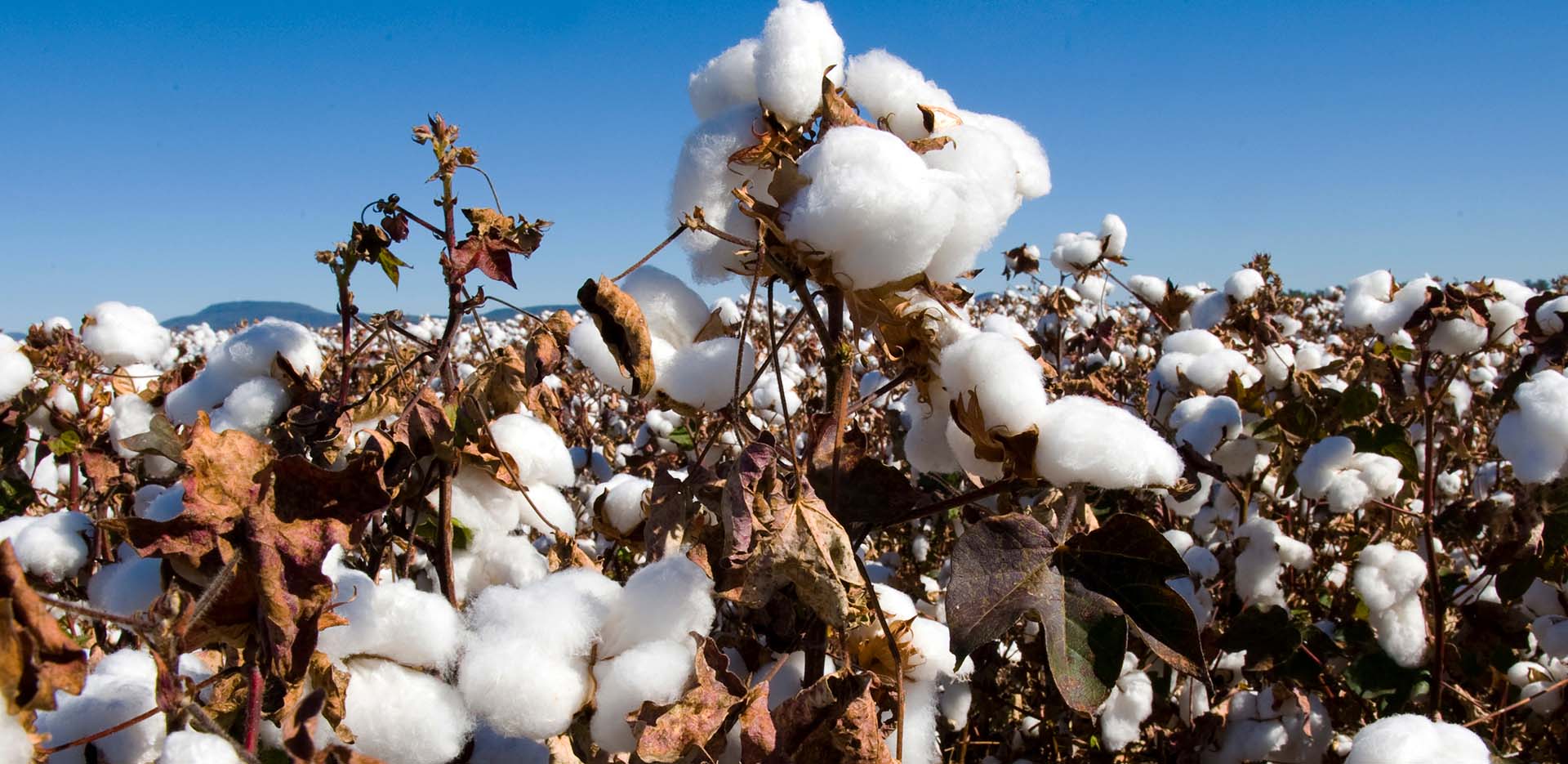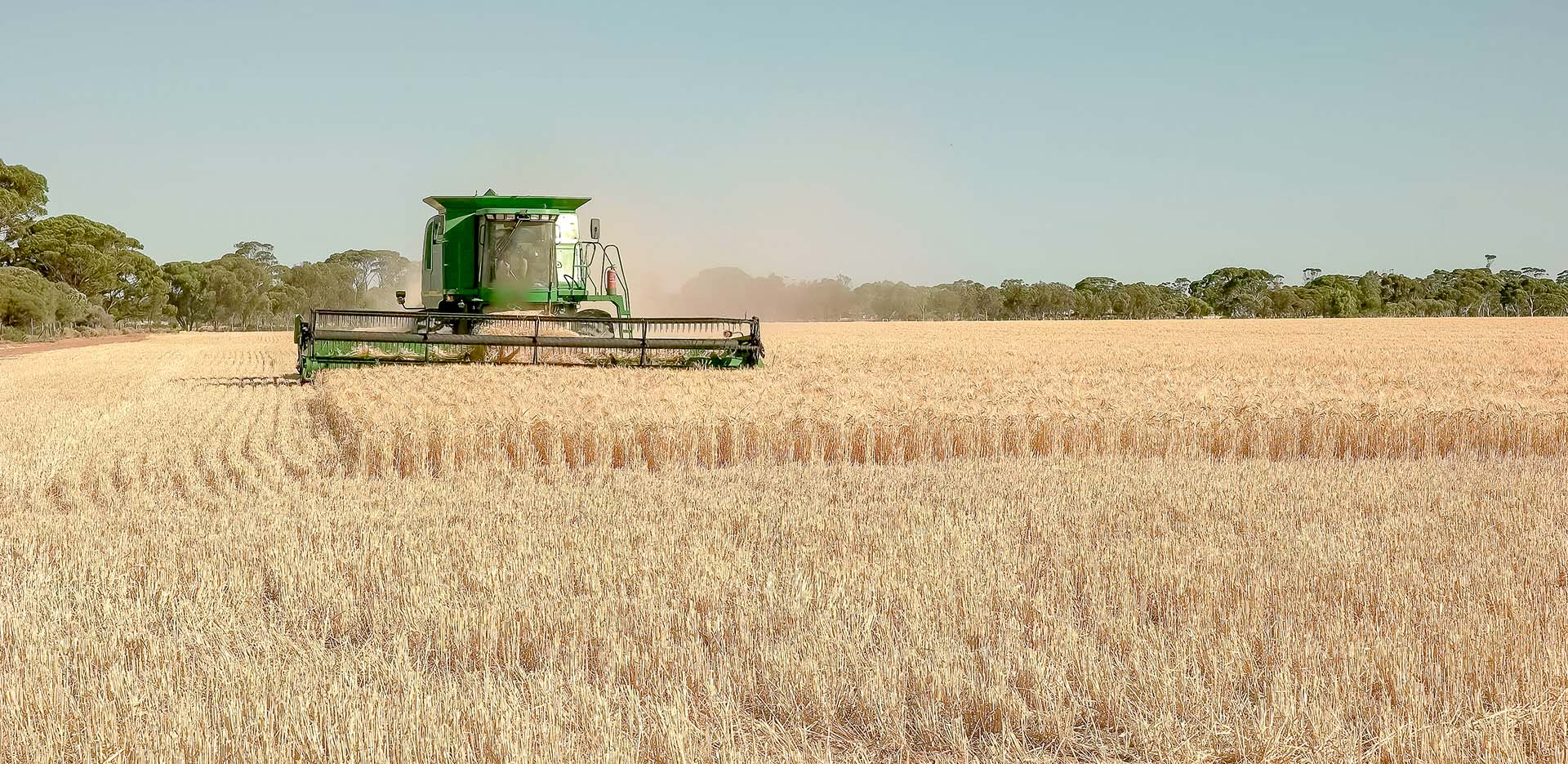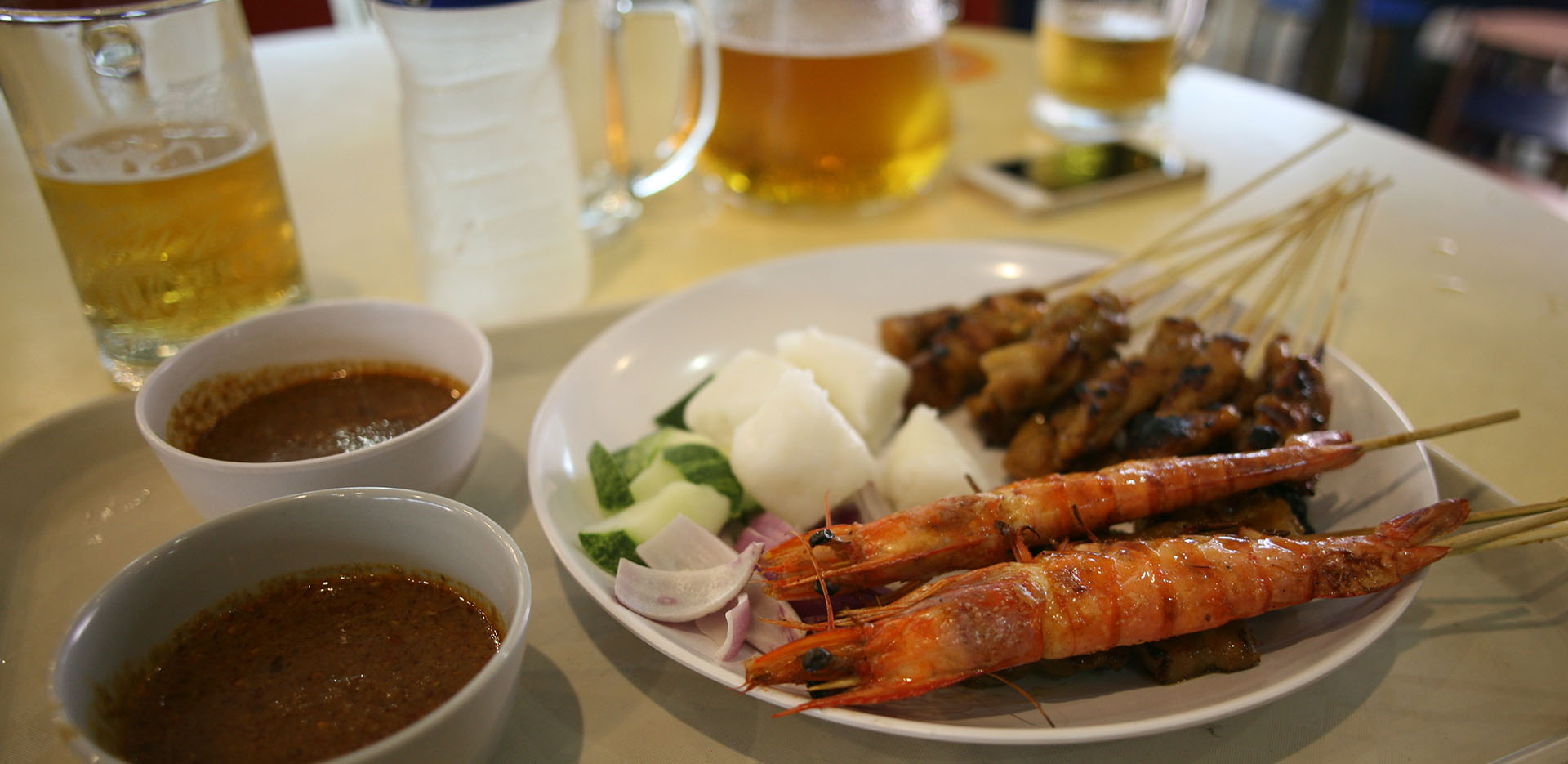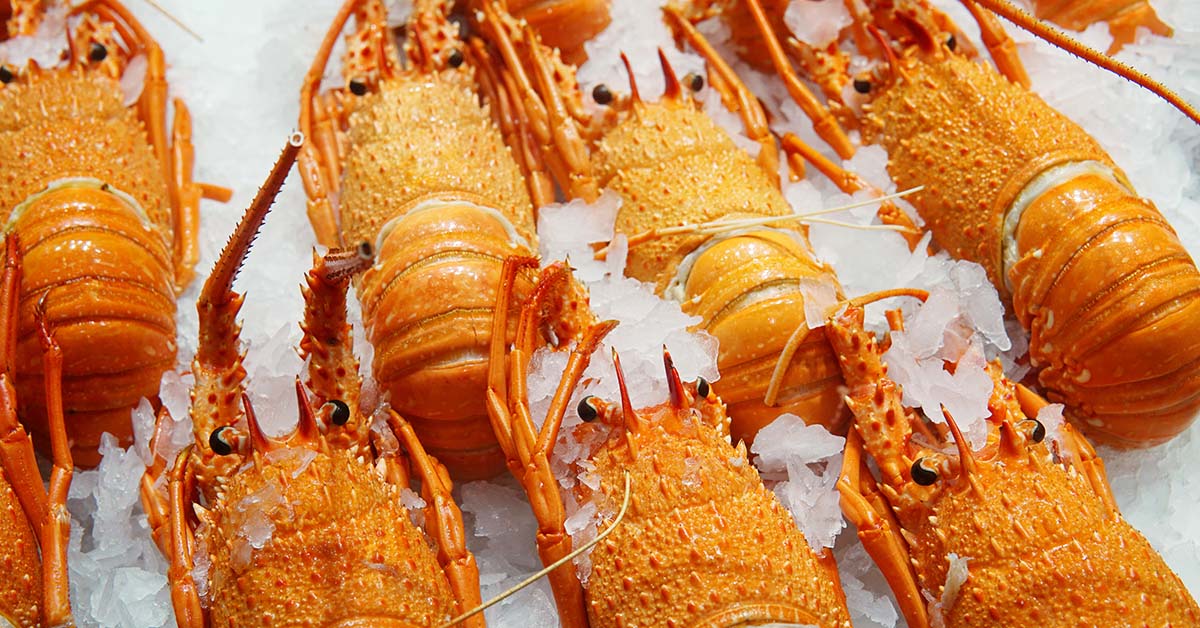
Australian agricultural produce is in demand in export markets around the world.
One of our fastest growing markets is ASEAN; a group of 10 nations in Southeast Asia. The nations that make up ASEAN (Association of Southeast Asian Nations) are Brunei, Cambodia, Indonesia, Lao, Malaysia, Myanmar, The Philippines, Singapore, Thailand, and Vietnam.
As these nations grow, so too does their demand for produce from around the world.



